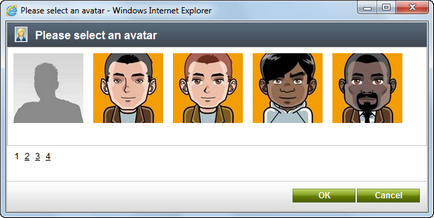Overview |

|

|

|

|
|
Overview |

|

|

|

|
|
|
||
The Avatars module enables users to have an image associated with their account. This image is called an avatar and is displayed on the user's public profile, next to their name in forums posts, blog comments etc. An avatar serves as a graphical representation of a user, and is used to personalize that user's contributions on websites. More information about users in general can be found in the Development -> Membership, permissions and security chapter of this guide.
Users can choose an avatar from a gallery of predefined avatars (if this option is enabled) or create a custom avatar by uploading their own image from a file on their local disk. Unlike predefined avatars, custom avatars can't be selected by other users and are deleted from the system if the user who uploaded them changes their avatar. All standard image formats are supported, including animations.

Kentico CMS also offers the option of retrieving images from the Gravatar hosting service for avatars. Please see the Gravatars topic to learn how this functionality can be configured.
Community groups and workgroups may also have avatars. These are displayed on the group's profile and can benefit the group by providing a way for it to be identified better and faster, etc. To read more about groups, please refer to the Modules -> Groups chapter of this guide.
There are several ways for users or group administrators to add or change avatars. See the Changing user avatars and Changing group avatars topics for more details. Administrators can manage all locally stored avatars as described in the Managing avatars topic.
When displaying lists of users or groups on a website, you may often wish to display the matching avatar images alongside the items. This can be achieved by ensuring that the avatar is included in the transformation used to render the objects. Please see the Displaying avatars in transformations topic for details and examples.
The Avatars internals and API sub-chapter provides information about the database tables and classes used by the module, examples of how avatars can be managed using the API and how they can be displayed in transformations.